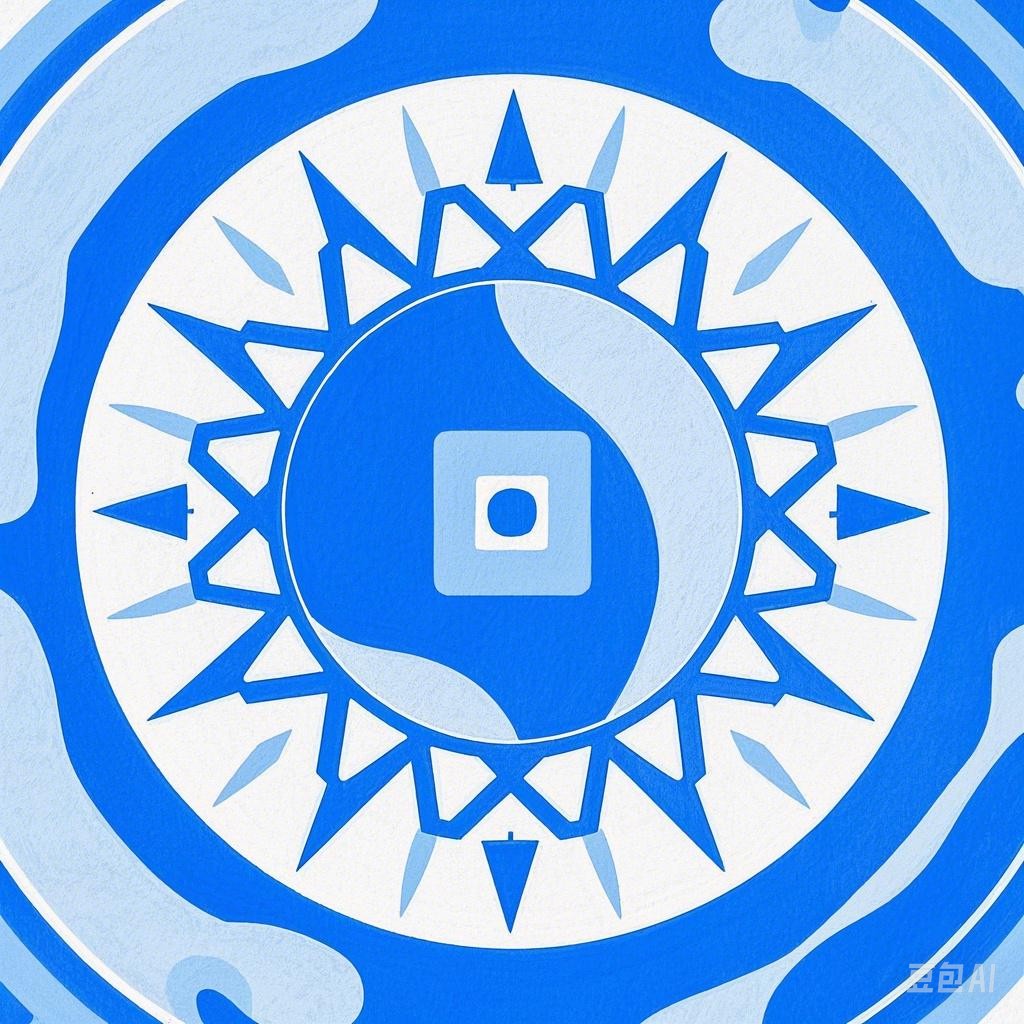Introduction
Chinese festivals are an integral part of the country’s rich cultural heritage. They reflect the values, traditions, and beliefs of the Chinese people. This article aims to provide a comprehensive guide to the English knowledge of Chinese festivals, helping readers understand their significance, customs, and the stories behind them.
The Significance of Chinese Festivals
Chinese festivals are not just days off from work; they are celebrations that hold deep historical and cultural meanings. They are a time for family reunions, the honoring of ancestors, and the expression of gratitude to nature. Each festival has its unique story and symbolism, which contributes to the tapestry of Chinese culture.
Major Chinese Festivals
1. Spring Festival (Chinese New Year)
The Spring Festival, also known as Chinese New Year, is the most important festival in China. It marks the beginning of the lunar new year and is celebrated on the first day of the first lunar month. The festival is characterized by various customs, such as hanging red lanterns, setting off fireworks, and giving red envelopes (hongbao) to children.
Customs and Traditions:
- Nian Gao (New Year Cake): A sticky rice cake symbolizing prosperity and reunion.
- Dumplings: Representing wealth and happiness, dumplings are often eaten on New Year’s Eve.
- Feng Shui: Families clean their homes to welcome good luck and fortune.
2. Lantern Festival
The Lantern Festival, also known as Yuanxiao, is held on the 15th day of the first lunar month. It marks the end of the New Year celebrations. The festival is characterized by lantern displays, lion and dragon dances, and eating sweet rice balls called tangyuan.
Customs and Traditions:
- Lanterns: Symbolize light, happiness, and good fortune.
- Tangyuan: Represent reunion and harmony.
3. Dragon Boat Festival
The Dragon Boat Festival is celebrated on the fifth day of the fifth lunar month. It commemorates the poet Qu Yuan, who drowned himself in the Miluo River to protest corruption. The festival is marked by dragon boat races, eating zongzi (sticky rice dumplings), and hanging calamus leaves and mugwort to ward off evil spirits.
Customs and Traditions:
- Dragon Boat Races: A traditional sport that symbolizes the dragon, a symbol of power and strength.
- Zongzi: Made with sticky rice and various fillings, such as meat or red bean paste.
4. Mid-Autumn Festival
The Mid-Autumn Festival, also known as Moon Festival, is celebrated on the 15th day of the eighth lunar month. It is a time for family reunions and moon gazing. The festival is characterized by mooncakes, lanterns, and storytelling.
Customs and Traditions:
- Mooncakes: Traditional pastries filled with lotus seed paste, red bean paste, or salted egg yolk.
- Moon Gazing: A custom of admiring the full moon and sharing stories.
5. Qixi Festival (Chinese Valentine’s Day)
The Qixi Festival, also known as Chinese Valentine’s Day, is celebrated on the seventh day of the seventh lunar month. It is based on a romantic legend about two lovers who were separated by the Milky Way. The festival is marked by young women performing needlework and hoping to find a good husband.
Customs and Traditions:
- Needlework: A symbol of skill and beauty, which young women believe will help them find a good husband.
- Gifts: Young men often give gifts to their crushes on this day.
Conclusion
Chinese festivals are a treasure trove of cultural knowledge and traditions. By understanding the significance and customs of these festivals, we can appreciate the depth and diversity of Chinese culture. Whether you are a Chinese citizen or a foreigner, exploring these festivals can provide a deeper insight into the rich tapestry of Chinese heritage.
